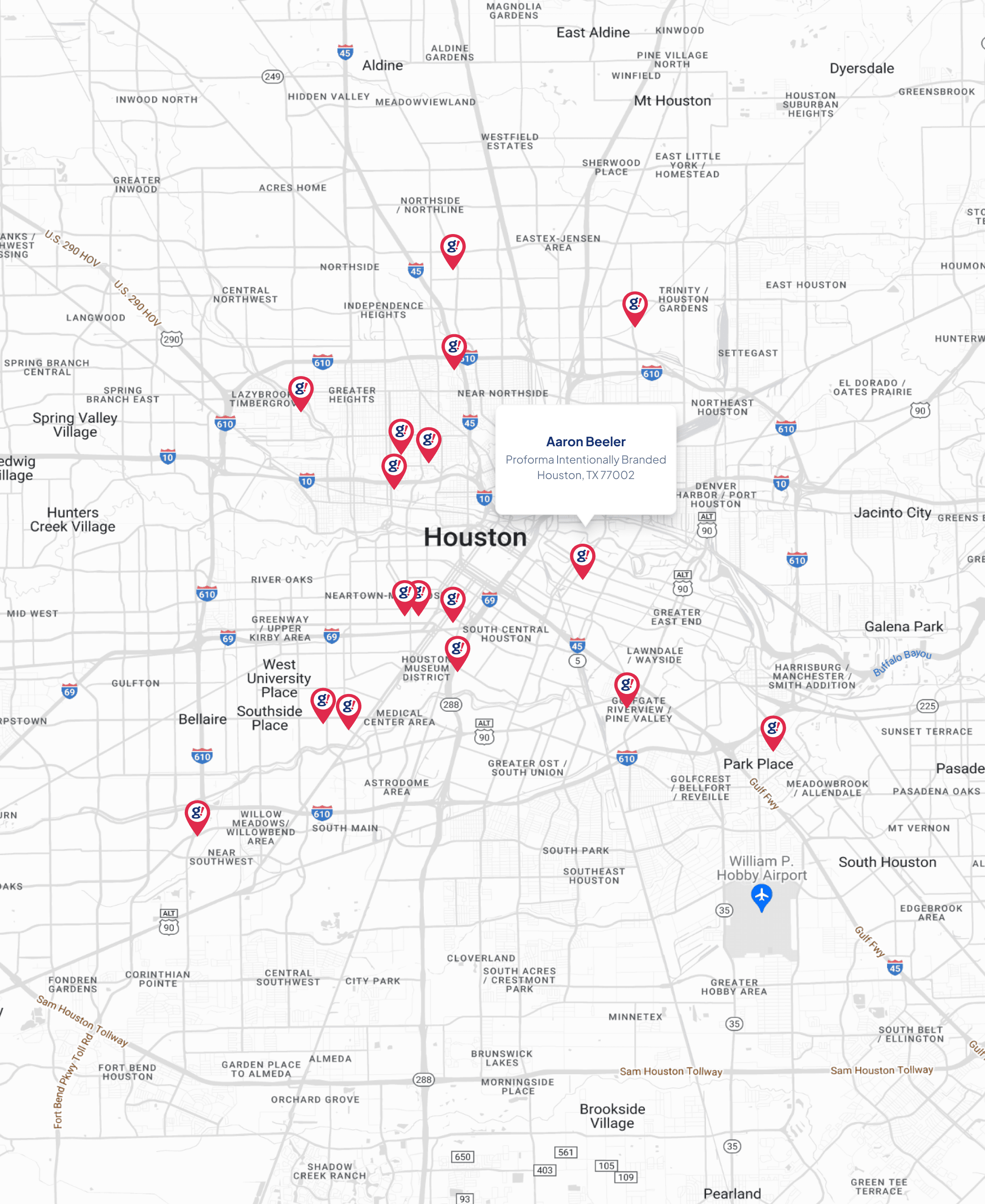Multiple ways to spend and earn money through Google AdWords
- Updated on: 2017-08-13
- Read original article here

AdWords offers several bid strategies that are tailored to different types of campaigns.Depending on which networks your campaign is targeting, and whether you want to focus on getting clicks, impressions, conversions you can determine which strategy is best for you. In this article, our digital marketing experts providing top seo services will describe you how to use your advertising goals to choose your bid strategy.
This lets you manage your maximum CPC bids yourself. You can set different bids for each ad group in your campaign, or for individual keywords or placements. If you’ve found that certain keywords or placements are more profitable, you can use manual bidding to allocate more of your advertising budget to those keywords or placements.
Image : Where you can go for Manual, Automatic, Enhanced, CPA and other flexible strategies.
In this setting, advertisers focus on driving click traffic but give AdWords control over individual CPC bids. Set a daily budget and AdWords automatically adjusts your bids with the goal of getting the most clicks for the budget. With automatic bidding, AdWords does all the work to get the most clicks.
This is usually a decent bid strategy to use if you find yourself having to drastically reduce budgets (for one reason or the other), where you don’t want to lose impression share too fast.
Drawback: it doesn’t allow you to set max CPC bids at the individual keyword levels. Some keywords may be performing better where you want to increase bids, and others are performing worse. If you use automated bidding, then you won’t be able to have that level of control.
There is also the option to set a CPC bid limit. Setting a limit can help control costs, but might also potentially limit clicks.
Select “AdWords will set my bids to help maximize clicks within my target budget”.
Enhanced CPC (ECPC) gives Google the freedom to increase or decrease your bids by 30%.
Google tells us that they use historical conversion data and their algorithms to predict which searchers are more likely to lead to a conversion and which aren’t.
In the event that a conversion is likely to happen, Google will increase your max CPC bid by up to 30%, and do the opposite for conversions that are least likely to happen.
Also known as conversion optimizer, CPA bidding allows Google to adjust bids to average a certain cost per conversion goal that you’ve set.
Based on the history of your AdWords account and conversion volumes, CPA bidding needs at least 15 conversions over a span of 30 days to become active.
Many times, I’ve found that CPA bidding is much more effective on the AdWords Display Network (where there a lot more factors are responsible) vs the AdWords Search Network where keyword intent can be very obvious that it could lead to a conversion.
Only available for Display network campaigns (like remarketing), CPM bidding allows you to set target bids that accumulate after 1,000 impressions.
Google once allowed max CPM bidding, but has since changed it to what’s called Viewable Cost Per Thousand Impression bidding (vCPM).
CPM bidding doesn’t charge you for clicks, but it will charge you for impressions of your ads even if they’re shown below the fold (where a user never sees them).
There are five types of flexible bid strategies:
a) Enhanced CPC: Something we already covered earlier with the option to raise or lower bids by 30%.
b) Target search page location: If you found that your ads perform really well above organic search results or maybe on the sidebar, then this bid strategy will be fun for you to test out.
Here’s a look at the options you can set:
c) Target CPA: With target CPA bidding you can include as many or as few campaigns as you want to share the same CPA goals. Similar to what regular AdWords shared budgets do.
d) Target outranking share: Are you basing all your performance goals on how much you can outrank a certain competitor (strokes the ego, but can be dangerous)? Then this bidding strategy could help you out quite a bit.
By entering your competitor’s domain, you can tell Google how often you want to bid to outrank them, this is called the “Target outranking share”.
If you set your target outranking share to 50%, then Google will bid to outrank that specific competitor in 50% of the auctions.
e) Maximize clicks: This automated bid strategy is just like the automated CPC bidding.
Be aware that this could lead to a lower quality of clicks which could lead to lower quality conversions.
f) Target return on ad spend: Do you have a certain ROI you want to hit when it comes to your PPC agency spend?
Target return on ad spend (ROAS) is a percentage you can set so that your conversion values (something you set at the conversion tracking stage) or Google Analytics ecommerce revenue values, are taken into account. Let’s say you’d like a 7x ROI, then you’d set your target ROAS as 700%, as eBags did and succeeded with in this Google case study. This means that for every $1 you spend on clicks, you’re expecting $7 in return.
This blog is altogether wisely for saving your money and properly utilizing it for running a campaign. I hope this could help all digital marketing experts to create their next Google AdWords campaign. If you still have any queries or may face in future related to bidding techniques or any, connect with our Digital Marketing experts who provide best seo services & get it solved !



